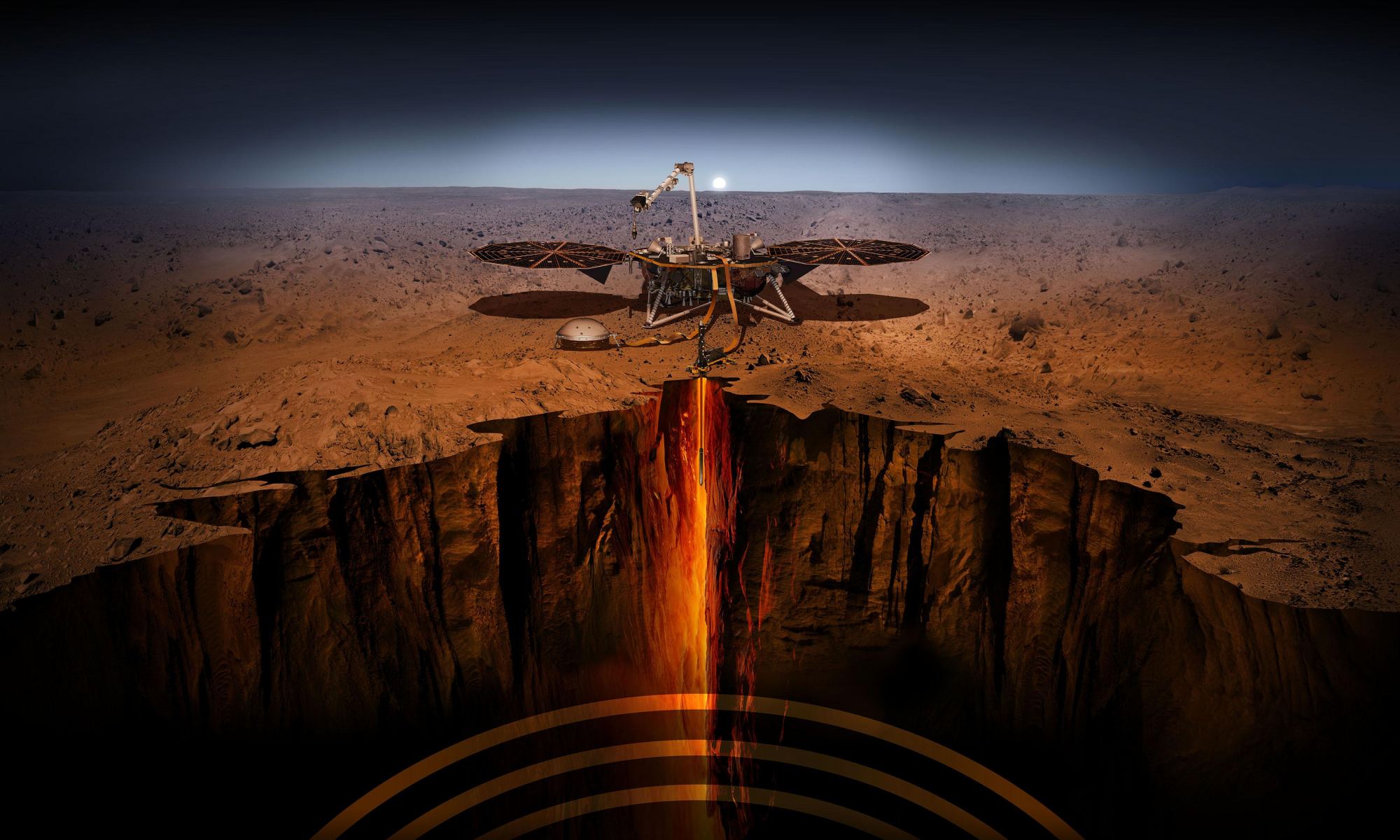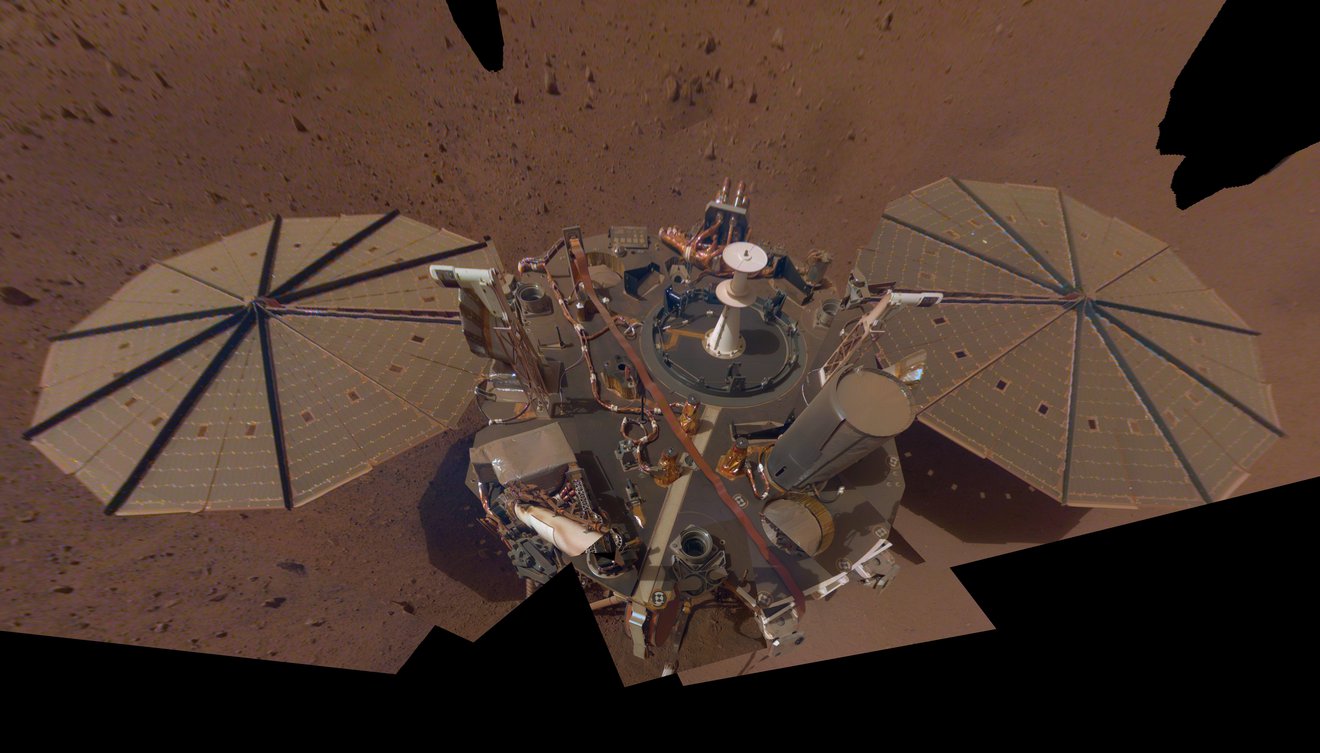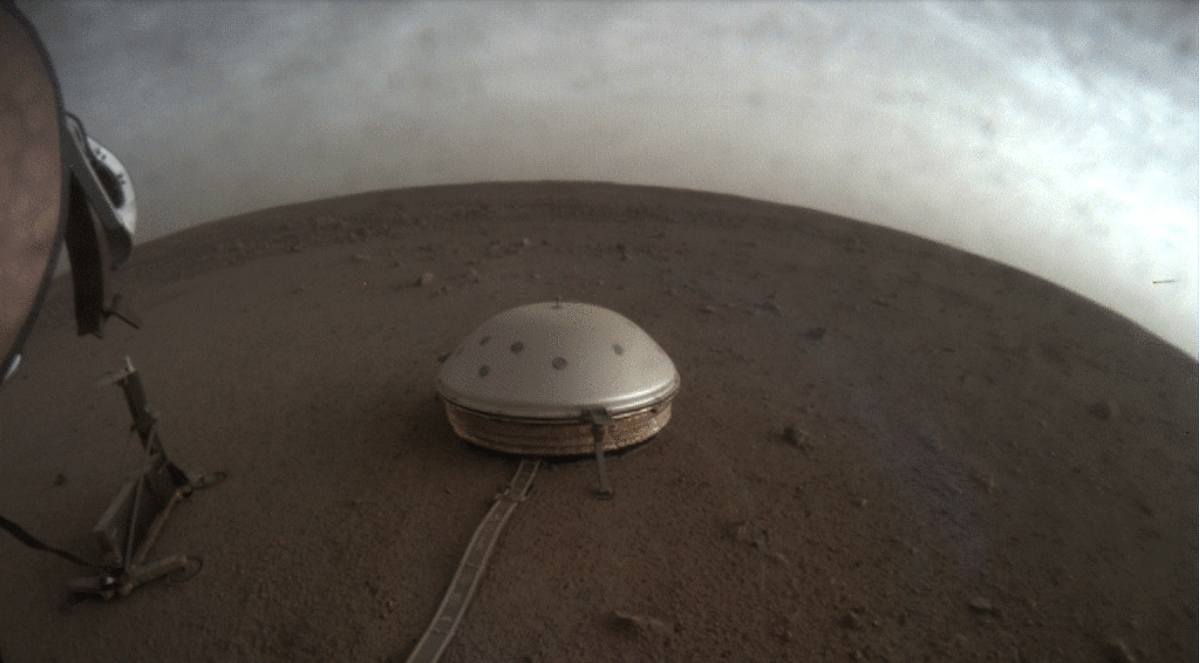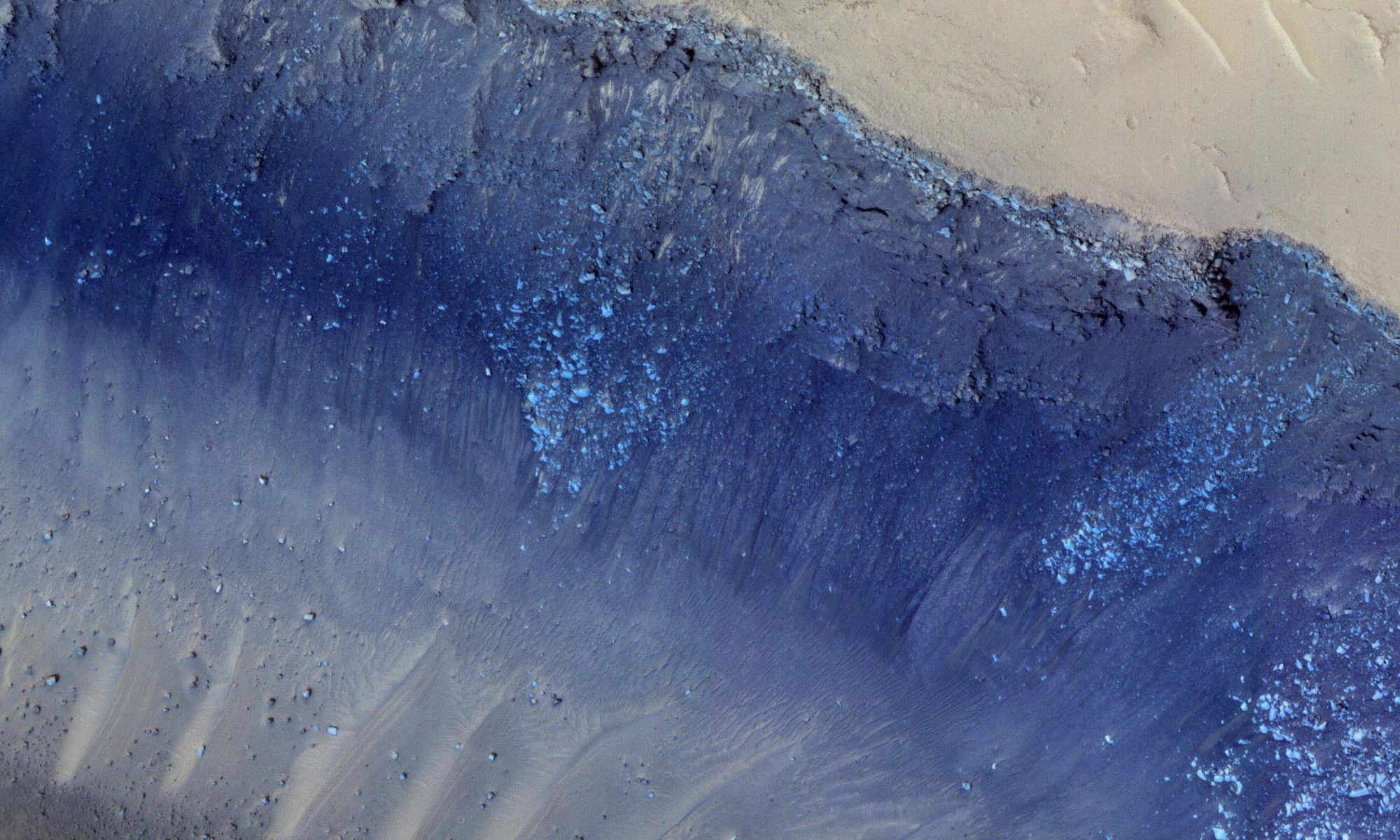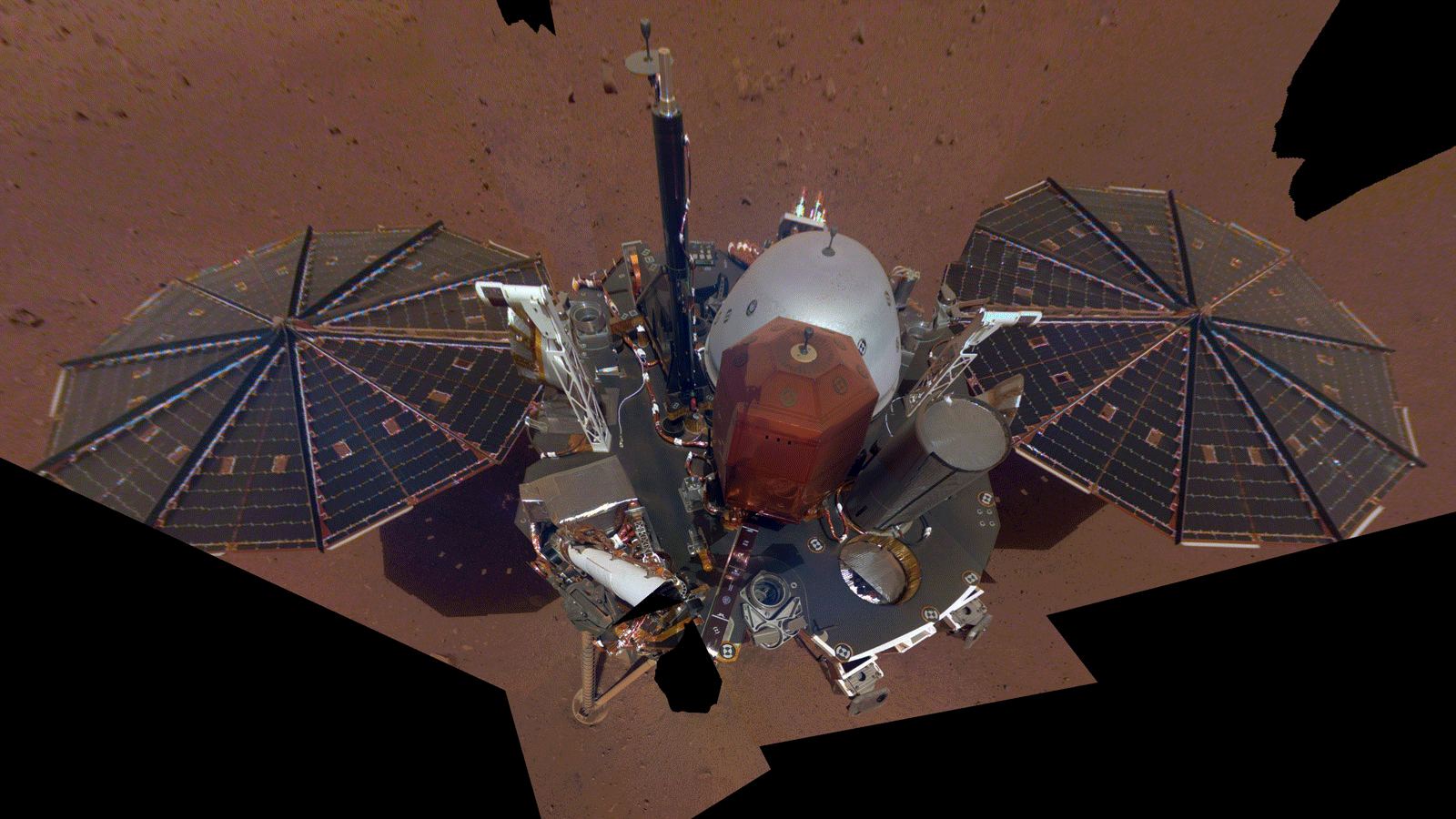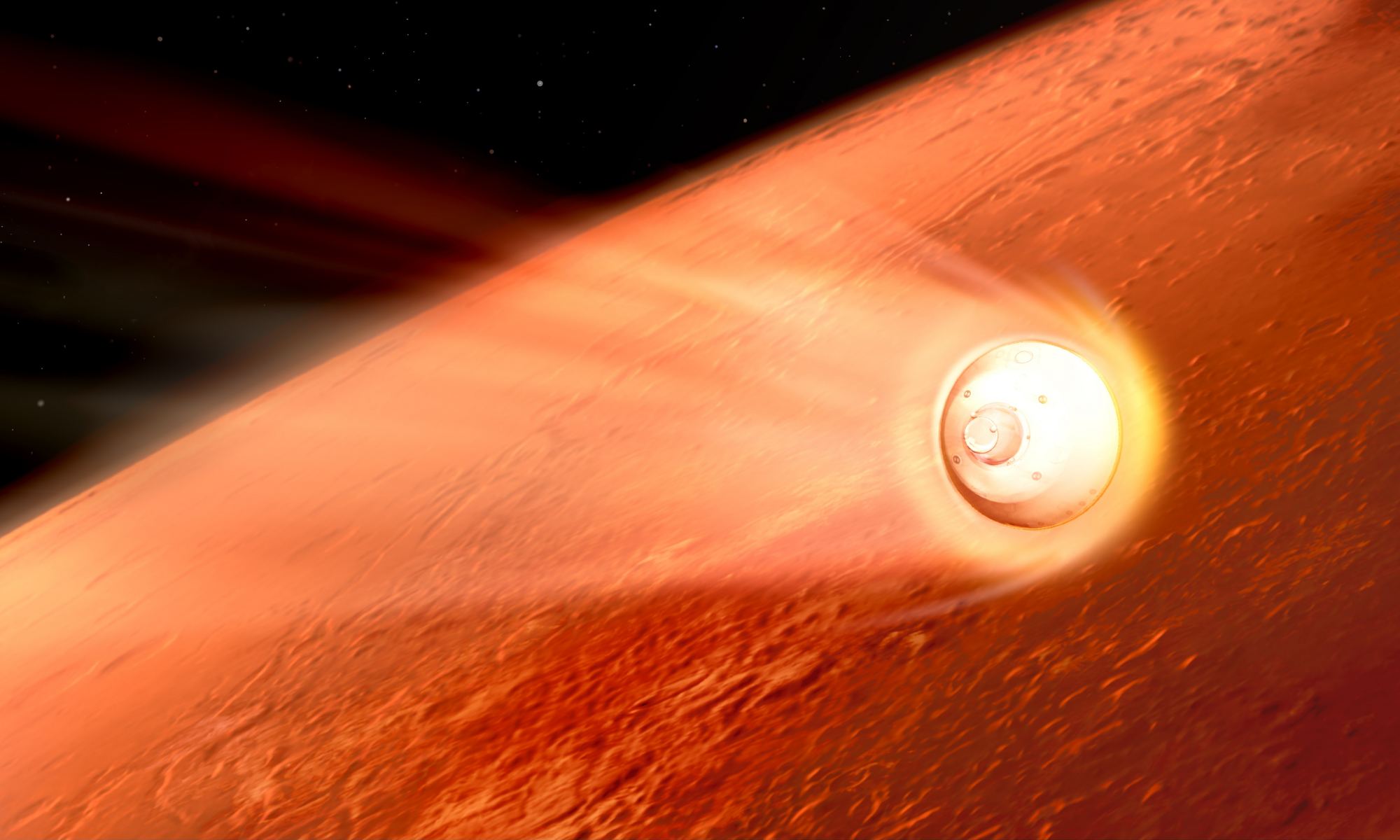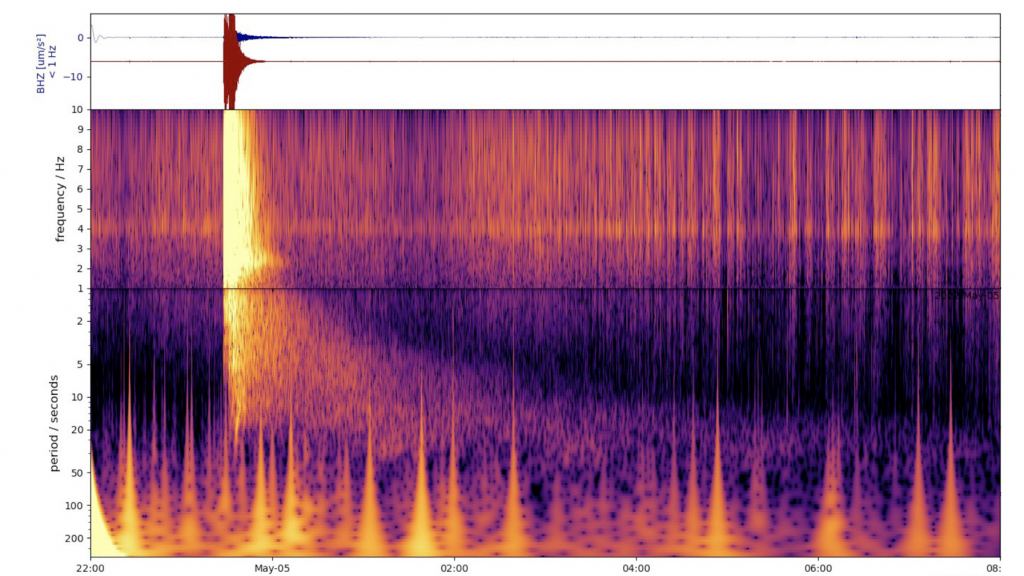
May 4th is unofficially known in sci-fi circles as Star Wars Day (“May the Fourth Be With You”) here on Earth. But, on another planet, far, far away, the date is now infamous to one of its robotic inhabitants. That’s the day the Mars InSight lander felt one of the strongest marsquakes ever to hit that world. It registered magnitude 5 and was the latest 1,313 quakes the lander detected since it arrived on Mars in 2018. InSight scientists are still analyzing the data to figure out exactly where on Mars the quake struck, and what may have caused it.
Continue reading “InSight Just Detected a Record-breaking Marsquake: Magnitude 5!”
